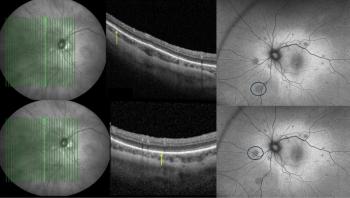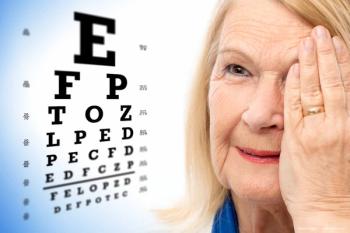
SkGel implant provides stable IOP
Deep sclerectomy with the SkGel implant (Corneal Laboratories) provides stable, long-term control of intraocular pressure (IOP) and visual field .
Deep sclerectomy with the SkGel implant (Corneal Laboratories) provides stable, long-term control of intraocular pressure (IOP) and visual field (VF), according to a report in the January/February issue of the Journal of Glaucoma.
Fernando Galassi and Barbara Giambene from the University of Florence, Florence, Italy evaluated the results of deep sclerectomy with the SkGel implant, a biodegradable cross-linked sodium hyaluronate drainage implant, at three and five years.
The retrospective trial included 200 eyes with open-angle glaucoma which had three years of follow-up and 97 eyes which had five years of follow-up. Mean IOP decreased from 21.01±5.56 mmHg prior to surgery to 13.13±2.24 mmHg at 36 months follow-up, and from 20.61±5.50 mmHg to 13.85±1.84 mmHg at 60 months follow-up (p<0.0005).
At three and five years, complete success rates (IOP ≤16 mmHg without medications) were 67.50% and 64.95%, partial success rates (IOP ≤16 mmHg with medications) were 21.50% and 24.74% and failure rates (IOP >16 mmHg) were 11% and 10.31%, respectively. Visual field testing revealed stable mean deviation and corrected pattern standard deviation values at three and five years (p>0.05).
This study demonstrates that deep sclerectomy with the SkGel implant results in stable long-term IOP and visual field.
Newsletter
Get the essential updates shaping the future of pharma manufacturing and compliance—subscribe today to Pharmaceutical Technology and never miss a breakthrough.













































